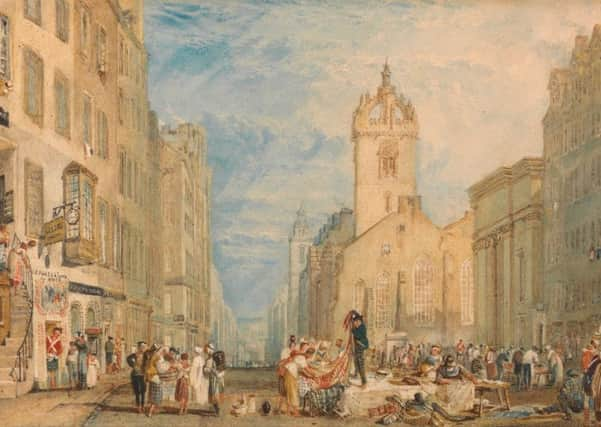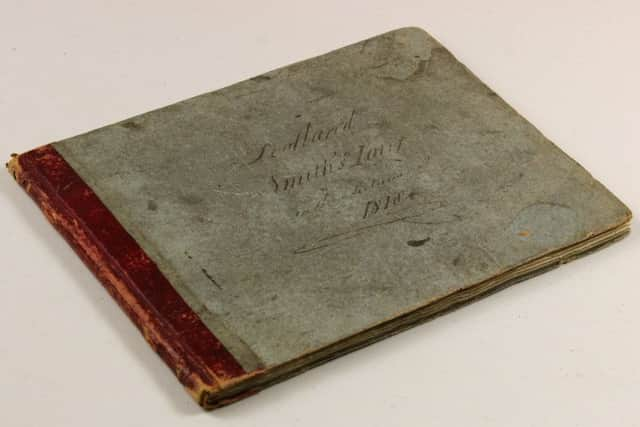Diary revealing Edinburgh's unsanitary past goes up for sale


The diary of Londoner Robert John Smith, who visited in 1818 with his brother George, is for sale on eBay by a rare books expert in England for £1,450.
Smith, who served as an able seaman on HMS Doris in the South China Seas, writes that in Scotland’s public toilets, men sat on rows of 21 holes, “exposed to each other with all the ease an Englishman feels in his compleat Water Closet”.
Advertisement
Hide AdAdvertisement
Hide AdHe writes: “[We] found to our mortification that in this City so beautiful in its buildings and natural situation there still existed a want of that common convenience to which an Englishman attaches so much comfort.


“Even the House we are in, in Princes Street, is without the convenience, to ask a female for this place is at times embarrassing, but judge our embarrassment when after some stammering on the part of George he made known to the servant we wanted such a place she very coolly thrust her head out of the window and pointing in the distance said you’ll find a place down there.”
He added: “It is to be regretted a people so industrious, orderly and religious should be neglectful, particularly whenever the subject is mentioned to a Scot he pretends to be shocked at it.”
Smith, who was then 35, describes the “unfinished state” of the area around Calton Hill, where he says a “carriage road” is being built – presumably Regent Road.
Advertisement
Hide AdAdvertisement
Hide AdHe says the “decayed” Holyrood Chapel has “nothing but its antiquity to recommend it”, but admits that he feels “a melancholy” for the fate of Mary, Queen of Scots, after seeing her bedroom in Holyrood Palace.


In the 73-page tome, entitled Scotland. Smith’s Tour... 1818, he notes the gentrification of Leith, where he says the streets are “narrow and dirty after the style of Wapping”, though he adds “improvements are begun”.
Charles Nelson, of dealer Kernoozers, which is selling the diary, said: “The whole landscape of the city is changing from what was essentially a mediaeval city to a thriving metropolis and Smith captures that well.”